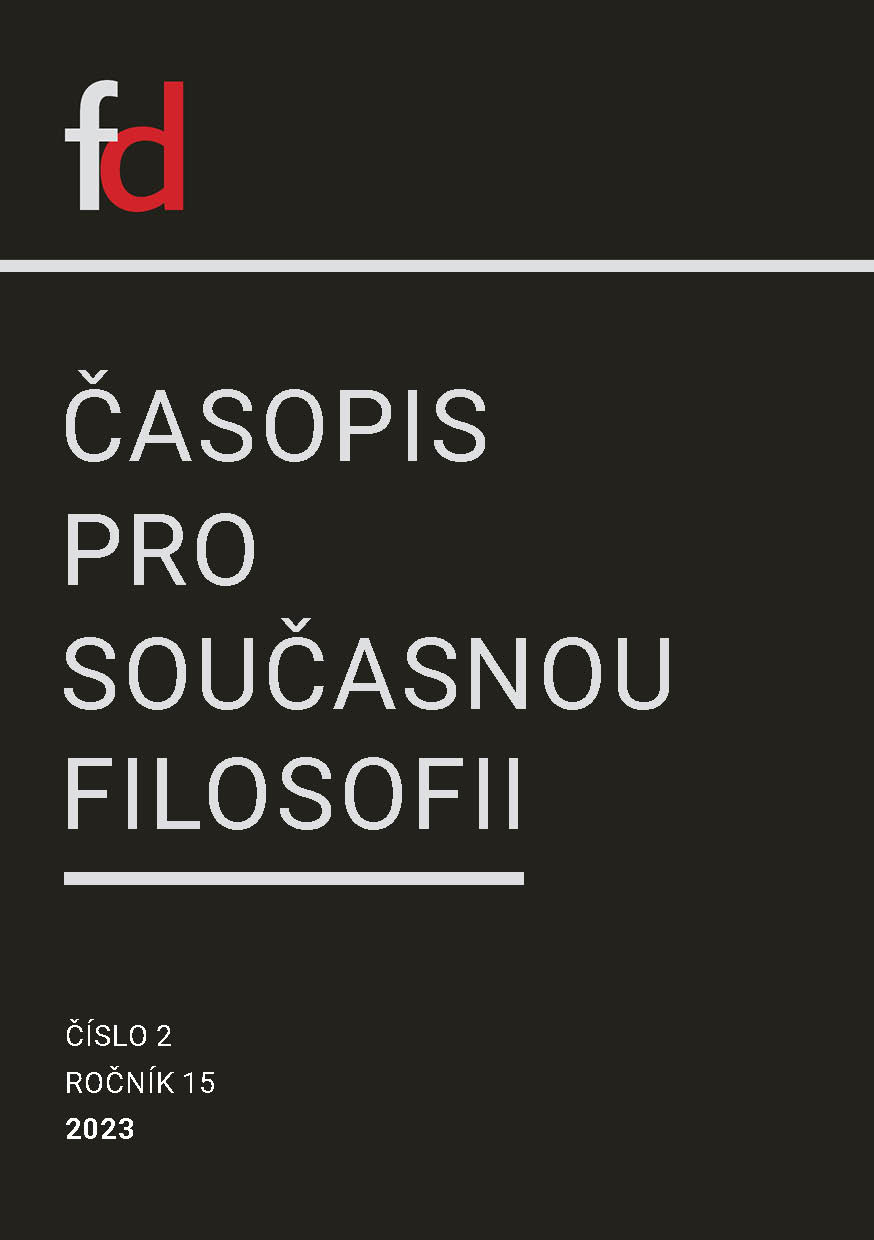The human “naturalness” and human as a “self-traumatiser”? Several reflections on the somatisation of cultural evolution and a human unparallel simultaneousness
DOI:
https://doi.org/10.26806/fd.v15i2.487Abstract
Some present-day “reconstructionist” movements consider the possibility to get back to the original human instinctive behavior. In this way, they want to break free from contemporary culture which they find to be traumatizing for human being. It is possible to put criticism to this efforts using the theory of unparallel simultaneousness, the theory of the plastic and elastic stages of evolution and the theory of the coevolution of genes and culture. In this way, we can determine “elastic synchronies” in us (using, for example, the theory of axial transformation or the theory of the civilizing process) which we understand as determined by a certain somatisation of cultural evolution and “elastic synchrony” outside us, having the nature of cultural institutions. The tension between the human “naturalness” and culture is therefore necessary to be interpreted in the sense of
the mutual interaction of these two kinds of elastic synchronies. The concept of “elastic synchrony” is interwoven with general semiotic (the triadic model of codes) and bio-semiotic theory. The study considers various ways in the hereditary fixation (somatisation) of the results of cultural development (the coevolution of genes and culture; the influence of culture on the selection of genes; epigenetic fixation; imprint in the early stages of postnatal ontogenesis) as well as the ways
of their socio-cultural institutionalisation. The noetic, socially ontological, and individually psychological consequences of elastic synchronies originated in this way are discussed. Radical cultural constructivism is distinguished from moderate one. The author adopts nominalist attitudes.
Downloads
Published
Issue
Section
License
Authors who publish in this journal agree that:
1. Authors retain copyright and guarantee the journal the right of first publishing. All published articles are licensed under the Creative Commons Attribution license, which allows others to share this work under condition that its author and first publishing in this journal was acknowledged.
2. Authors may enter into other agreements for non-exclusive dissemination of work in the version in which it was published in the journal (for example, publishing it in a book), but they have to acknowledge its first publication in this journal.
3. Authors are allowed and encouraged to make their work available online (for example, on their websites) as such a practice may lead to productive exchanges of views as well as earlier and higher citations of published work (See The effect of open access).


